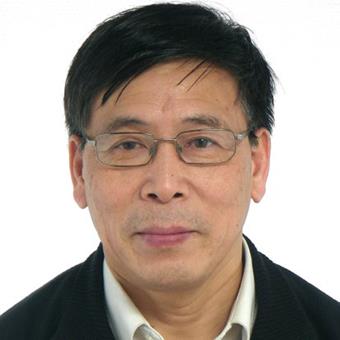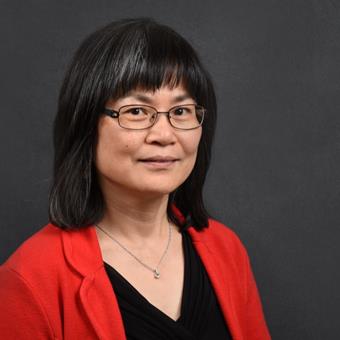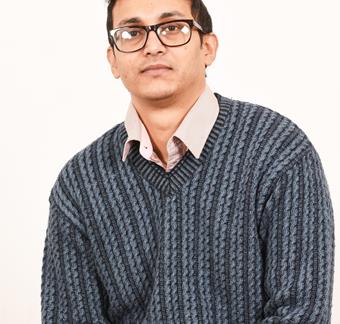To meet the need for a transition to a more sustainable industry, the development of materials and industrial processes is needed. For example, advanced heat-resistant materials need to be developed, to increase the potential of processes such as carbon dioxide storage from biomass in combination with larger production of electricity and heat. Another example is the development of heat treatment processes of metals to optimize properties and utilization of resources, such as energy and alloying elements.
Mattias Calmunger's research focuses on understanding the properties of materials based on their microstructure when they are exposed to application-related loads or manufacturing processes. He has led research in materials characterization in collaboration with the steel industry in particular since 2016. The goal has been to understand the mechanisms that limit the performance of the steels, especially in high-temperature environments, such as in biomass-fired CHP plants. Knowledge that is then used in the development of steel and industrial processes























